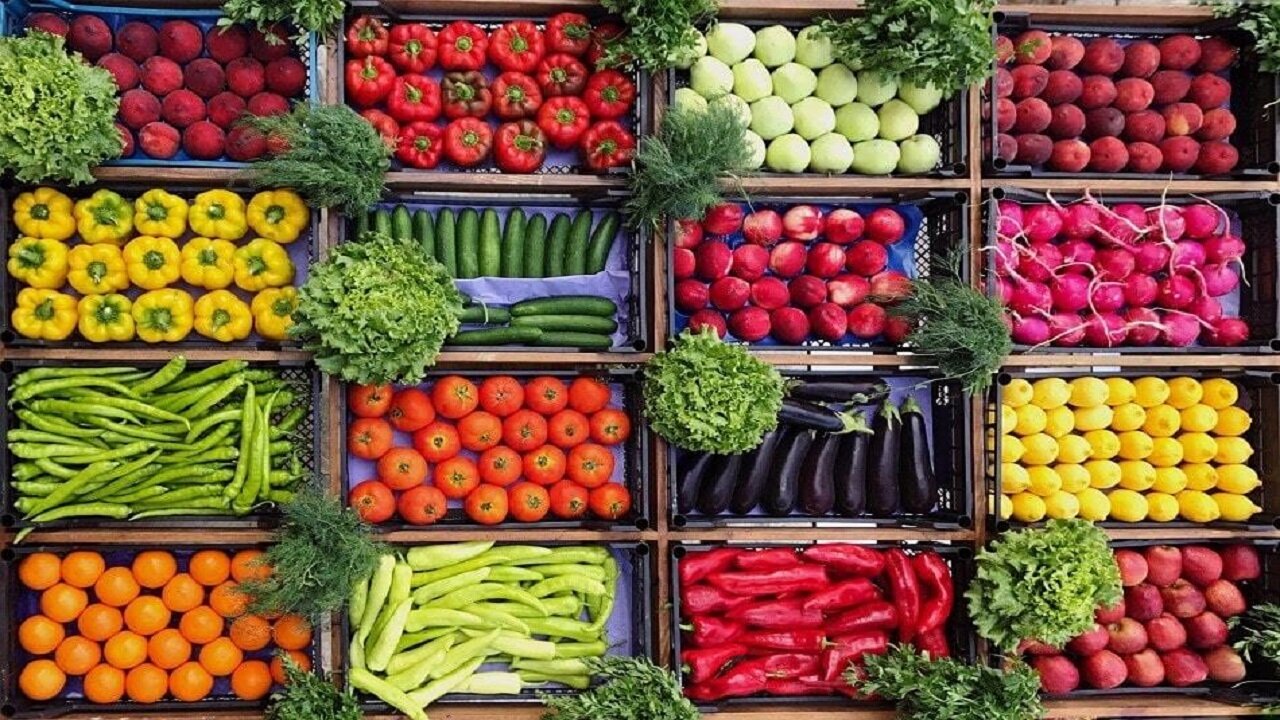Iran’s agricultural export to EAEU members increases 21%

TEHRAN – The value of Iran’s agricultural export to the member states of the Eurasian Economic Union (EAEU) has increased by 21 percent during the first nine months of the current Iranian calendar year (March 20-December 21, 2024), as compared to the same period of time in the previous year, the Islamic Republic of Iran Customs Administration (IRICA) announced.
As reported by the IRICA, Iran exported 594,491 tons of agricultural products worth $467 million to the EAEU members in the nine-month period, indicating seven percent growth in terms of weight, year on year.
In mid-December, EAEU Minister of Trade Andrey Slepnev underscored the importance of the free trade agreement with Iran, citing the country's strategic position as a primary partner on the EAEU's southern borders and a key player in the International North-South Transport Corridor (INST).
In an interview with Izvestiia, Slepnev highlighted Iran's achievements in import substitution, technological development, and resilience against sanctions.
Addressing the status of the agreement, which was signed a year ago, Slepnev noted that the ratification process has been completed in four EAEU member states. “We aim to finalize the agreement at the upcoming EAEU leaders’ summit in Saint Petersburg at the end of December 2024, so it can take effect at the start of next year,” he said.
Previously, the European Union accounted for over 40 percent of the EAEU's trade, with the Global South comprising less than half. “Today, the share of European partners has fallen by about 2.5 times, while trade with the Global South continues to grow. By the end of 2024, we expect it to account for 75 percent of our trade turnover,” Slepnev added.
In early December, Mohammad-Ali Dehghan Dehnavi, the head of Iran’s Trade Promotion Organization (TPO), said Iran’s exports to Eurasian countries have grown by 2.5 times since the country signed a preferential trade agreement with the EAEU four years ago, highlighting the success of its trade policy.
Dehghan Dehnavi credited the exponential growth to reduced tariffs introduced through the agreements signed between the two sides.
Iran and EAEU also signed a free trade agreement on December 25, 2023, in St. Petersburg, Russia, aiming to eliminate tariff and non-tariff barriers and facilitate economic and trade interactions. Once fully implemented, 87 percent of tariff codes for commercial goods between Iran and EAEU member states will drop to zero.
Under President Masoud Pezeshkian’s administration, Iran has emphasized strengthening ties with Eurasian countries to enhance access to global markets. This strategy has translated into tangible growth, with the latest figures from Iran’s Customs Administration revealing a 16 percent rise in exports to EAEU nations in the first five months of the current Iranian calendar year (March 20–August 20). During this period, the export volume reached 2.2 million metric tons, reflecting a 35 percent year-on-year growth.
Iran also participated in the EAEU's annual meeting held on September 30 and October 1 in Yerevan, Armenia, with a high-level delegation comprising both public and private sector representatives. During the meeting, Iran’s First Vice President Mohammad Reza Aref reiterated the country’s commitment to expanding bilateral and multilateral economic relations with EAEU member states.
The success of the free trade agreement underscores Iran’s strategy to integrate more deeply into the regional economy and strengthen its presence in international markets.
MA
